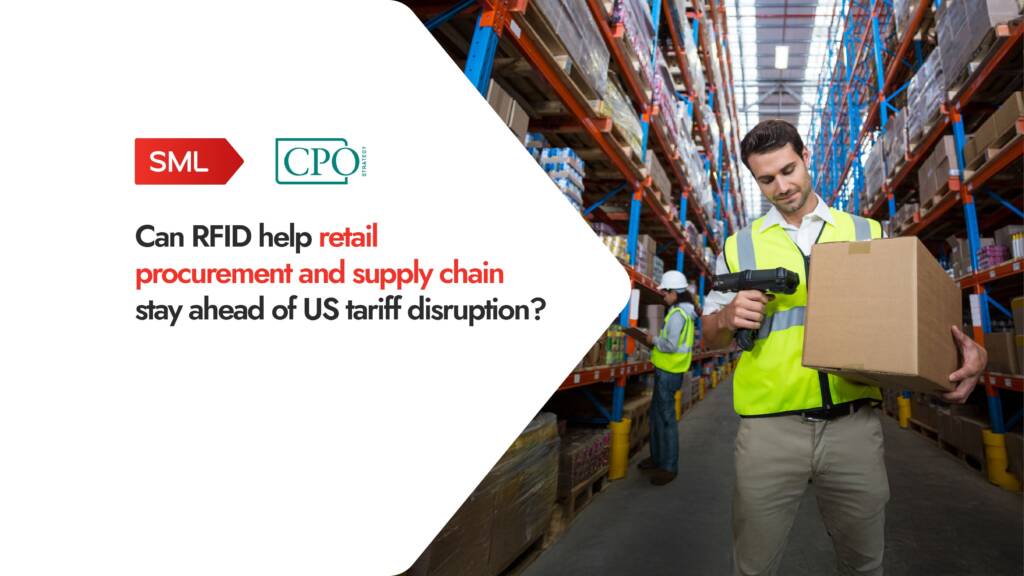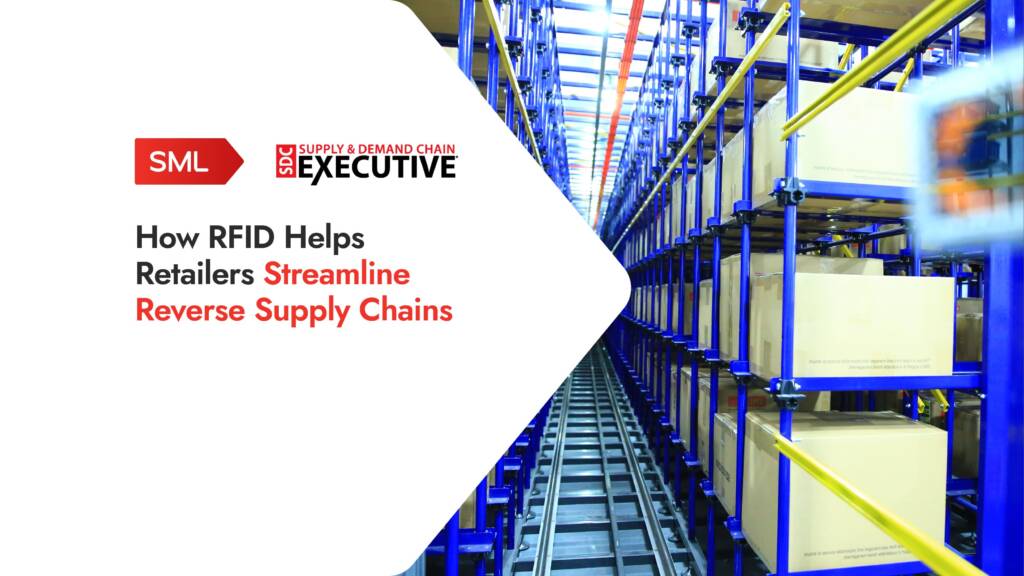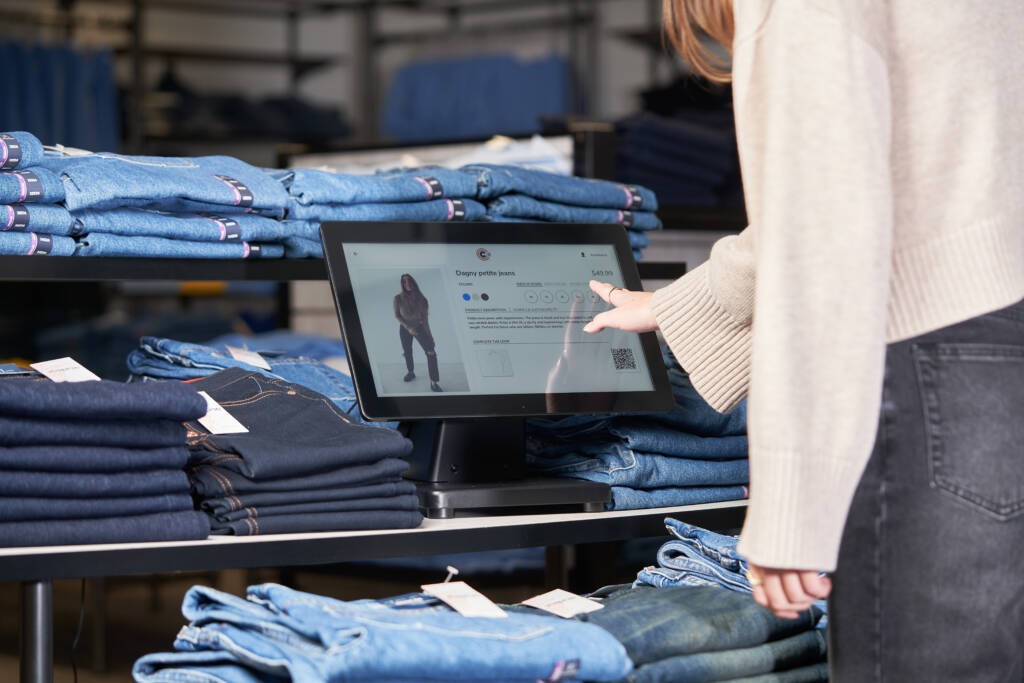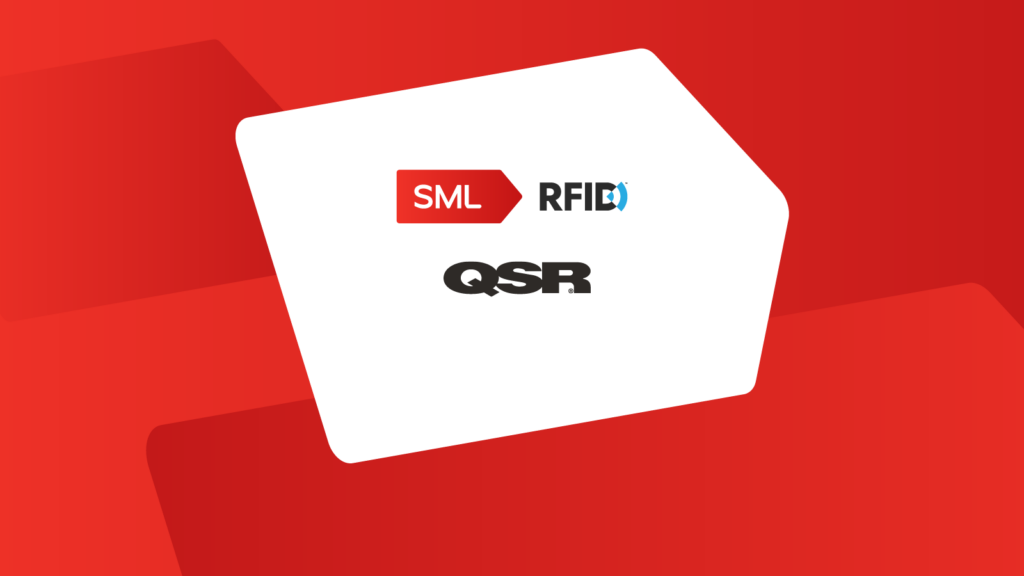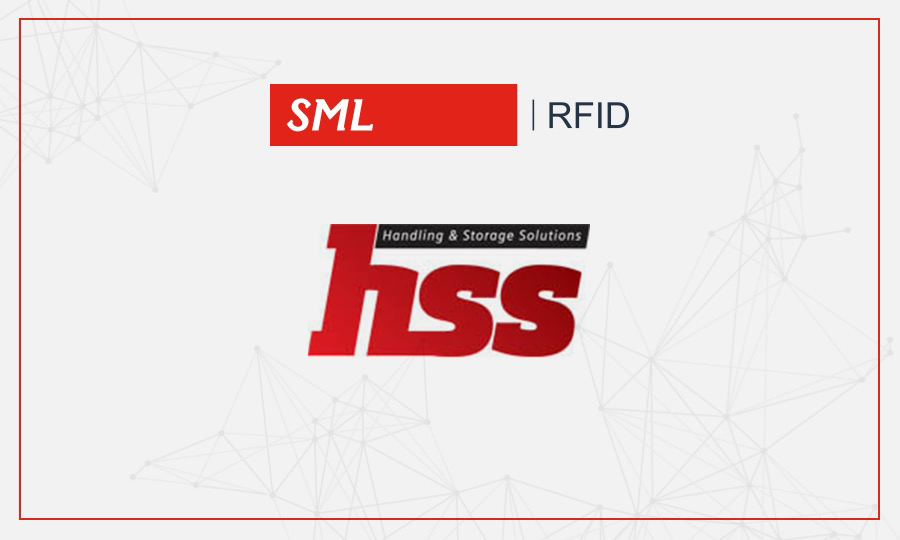What is Supply Chain Efficiency and How Can Retailers Improve it?
At it’s height, the pandemic caused supply chains to come to a grinding halt and the impact is still being felt today as businesses have struggled to ramp up throughput to pre-pandemic levels. With varying scales of lockdowns closing warehouses and stopping manufacturing lines around the globe, supply chains were fundamentally altered. Buyer-supplier relations were negatively impacted and the bottom lines of thousands of businesses suffered as a result of limited stock availability.
Even now, more than two years on, supply chains are still struggling to rebound and the long-term effects continue to be felt as a lack of inventory visibility combined with raw material shortages are complicating the process of scaling up to meet demand. . One of the most prominent examples of this comes from the global semiconductor chip shortage, which is used in a range of technology and automotive products.
As manufacturing stopped, demand only increased as remote working became the primary solution for many organizations. Once production started again, suppliers were dealing with a significant amount of backlog – which isn’t expected to be completely cleared until the end of 2022.
The Need for Change
These back-end issues highlighted a number of cracks within supply chain models for a number of businesses, particularly within retail. Many began to recognize the important role that technology can play in creating an efficient supply chain. According to research by Ernst & Young (LLP), 64% of supply chain executives said that their digital transformation would accelerate due to the pandemic.
While some retailers have now found solutions, many are still searching for ways to improve their supply chain efficiency, streamlining operations all the way from the manufacturer to the shop floor. One such solution can be found through RFID technology.
Deploying RFID & Tracking Items
By implementing item-level RFID, retailers can significantly improve operational flow while minimizing costs. Items can be tracked all the way from the production line to warehouses, and everywhere in between. Stock levels can be managed appropriately, and retailers can optimize their revenue streams effectively.
Using SML Inspire™ RFID tags, retailers can track items at every touchpoint across the supply chain in near real-time. Combined with Clarity®, the number one enterprise software platform of its kind, users have access to and visibility over all tagged items in all locations. They can also effortlessly track, manage or redirect inventory at the touch of a button.
The Supply Chain Efficiency Formula
According to SML’s State of Retail Insight Report Part 1, employees spend an average of 14.6 hours per week carrying out manual inventory tasks such as counting, finding and transferring, with some respondents recording up to 36 hours per week on similar tasks. RFID allows retailers to complete this task in a fraction of the time so that high levels of inventory accuracy can be achieved and maintained .
By placing RFID-enabled tablet-based workstations within distribution centers and warehouses, retailers can quickly and seamlessly perform shipment carton audits – including both outbound shipping and inbound receiving. They can also perform quality checks, packing functions and shipping verifications, as well as facilitate the execution of click-and-collect purchases. These features can be automated and configured in order to retain or improve upon current throughput levels, while also increasing accuracy.
As a result of this, retailers can move items along the supply chain and into the store as quickly as they need to. Overall, item-level RFID technology increases the speed and accuracy of supply chain processes significantly, and retailers can make smarter decisions about their supply chain faster. Labor efficiency also improves, with employees aided by RFID terminals or mobile devices that streamline omnichannel business processes and execute tasks.
Optimizing Revenue & Minimizing Environmental Impact
Implementing item-level RFID technology doesn’t only result in optimized efficiency throughout the supply chain, it also enables retailers to maximize revenue. With enhanced visibility from production through the supply chain to retail stores, retailers can better understand their operations.
This means they can re-direct stock and allocate it throughout the supply chain at the most effective cadence. It also allows them to identify areas where they have excess stock to optimize the allocation of items. They can order only what they need, potentially lowering manufacturing, storage and transportation costs by a significant margin as bloated inventory is eliminated. Furthermore, not only does this provide a financial cost saving, but it also helps retailers to minimize the CO2 emissions produced throughout the manufacturing and transportation process and empowers sustainable business practices.
As retailers continue to search for ways to create supply chain efficiency, RFID technology can play a pivotal role in enabling them to accurately and effectively track inventory along every touchpoint, while reducing costs and negative environmental impact. Partnering with an experienced RFID provider in the supply chain will create long-term sustainability and business growth as retailers optimize operations to meet the growth of omnichannel selling and position themselves to adapt to future supply chain disruptions.
To find out more about how RFID can enhance your supply chain, contact info@sml-rfid.com


